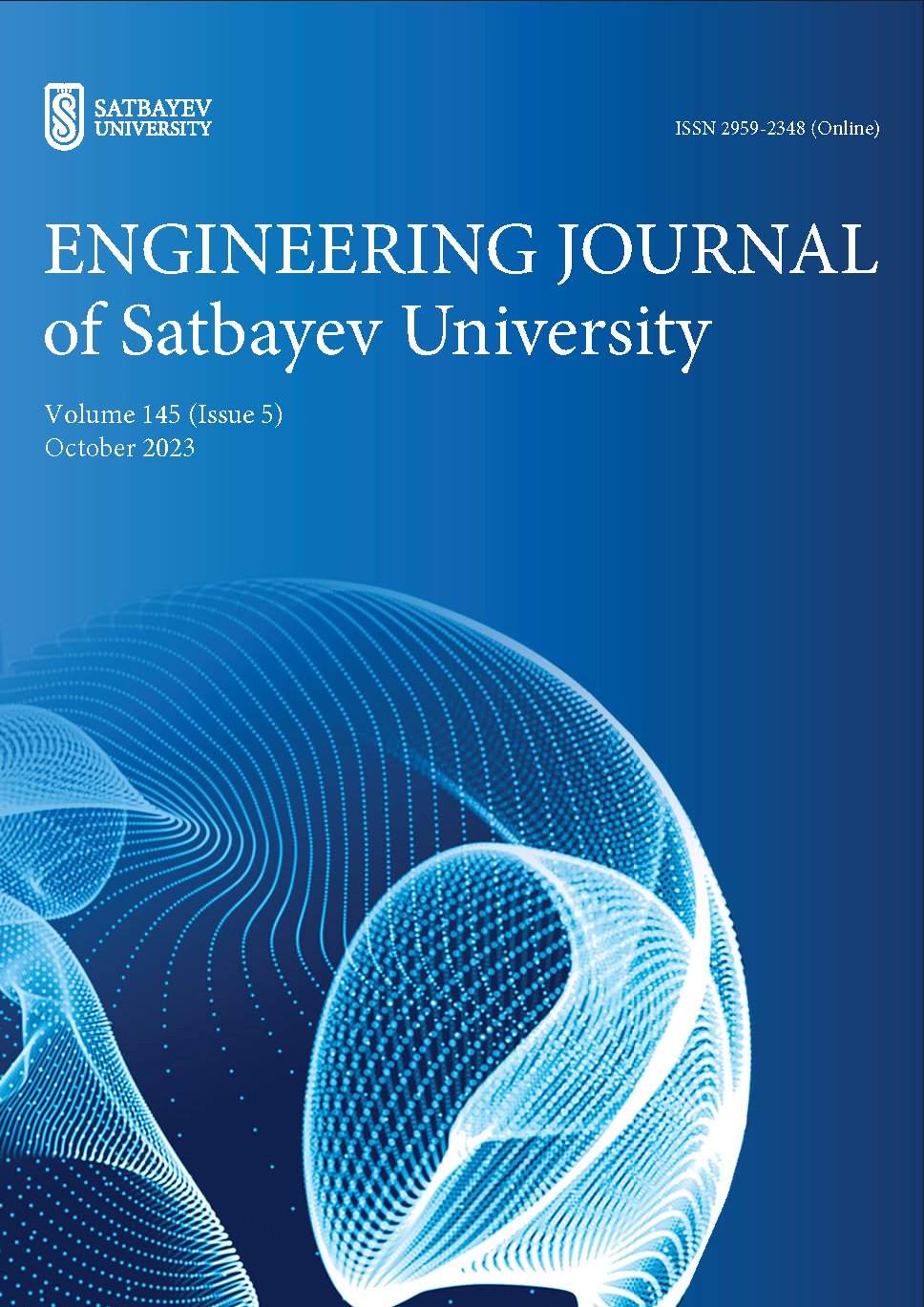Production of gallium by electrolysis with the application of non-stationary currents
DOI:
https://doi.org/10.51301/ejsu.2023.i5.03Keywords:
gallium, electrolyzer, cathode, passivation, stationary current, non-stationary current, extraction, power consumptionAbstract
Currently, the problem of sustainable increase in the production of gallium metal to ensure its use in high-tech areas - power semiconductor electronics, energy-saving LEDs, etc. is very urgent. In world practice, electrolysis on a mercury cathode or cementation with sodium amalgam was used to extract gallium from alkaline solutions. However, this technology is not currently used due to the high toxicity of mercury. Cementation and electrocarburization on aluminum galley are widely used for purified solutions. A promising method for obtaining gallium metal from alkaline solutions is electrolysis on a solid rotating gallium cathode, the surface of which is constantly renewed with liquid gallium. To increase the efficiency of electrolysis, studies of the process of gallium electroreduction with the application of non-stationary (pulsating and reversing) currents were carried out. The use of non-stationary currents makes it possible to increase gallium extraction by 8.4-10.4% and reduce electricity consumption by 62-68 kWh/kg Ga. The positive effect of the use of non-stationary currents can be explained by the fact that periodic switching off the current or reversing the electrodes in the found optimal modes leads to a periodic change in the surface tension of the gallium cathode, as a result of which the gallium surface and the adjacаent electrolyte layer pulsate, the thickness of the diffusion layer decreases and conditions for the separation of adsorbed gas bubbles are improved. This accelerates the diffusion of gallate ions from the bulk of the solution into the near-cathode layer. The use of non-stationary currents makes it possible to dissolve the gallium oxide film on the cathode surface, i.e. depassurate the electrode surface.
Downloads
Published
How to Cite
Issue
Section
License
Copyright (c) 2023 Engineering Journal of Satbayev University

This work is licensed under a Creative Commons Attribution-NonCommercial-NoDerivatives 4.0 International License.
<div class="pkpfooter-son">
<a rel="license" href="http://creativecommons.org/licenses/by-nc/4.0/"><img alt="Creative Commons License" style="border-width:0" src="https://i.creativecommons.org/l/by-nc/4.0/80x15.png"></a><br>This work is licensed under a <a rel="license" href="http://creativecommons.org/licenses/by-nc/4.0/">Creative Commons Attribution-NonCommercial 4.0 International License</a>.
</div>





